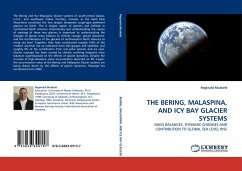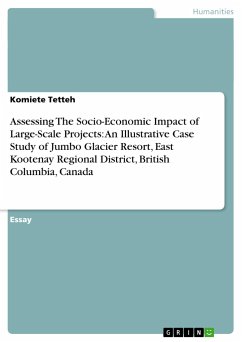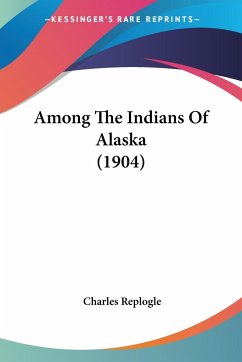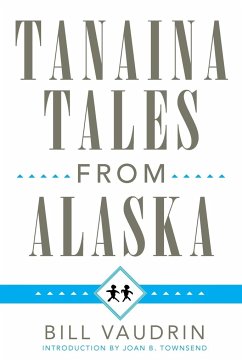
THE BERING, MALASPINA, AND ICY BAY GLACIER SYSTEMS
MASS BALANCES, DYNAMIC CHANGES AND CONTRIBUTION TO GLOBAL SEA LEVEL RISE
Versandkostenfrei!
Versandfertig in 6-10 Tagen
52,99 €
inkl. MwSt.

PAYBACK Punkte
26 °P sammeln!
The Bering and the Malaspina Glacier systems of south-central Alaska, U.S.A., and southwest Yukon Territory, Canada, in the Saint Elias Mountains constitute the two largest temperate surge-type piedmont glaciers on Earth. This is largest region of glaciers and icefields in continental North America. Determining and understanding the causes of wastage of these two glaciers is important to understanding the linkages of glacier mass balance to climate change, glacier dynamics, and the contributions of the glaciers of northwestern North America to rising sea level. Together, they have contributed ...
The Bering and the Malaspina Glacier systems of south-central Alaska, U.S.A., and southwest Yukon Territory, Canada, in the Saint Elias Mountains constitute the two largest temperate surge-type piedmont glaciers on Earth. This is largest region of glaciers and icefields in continental North America. Determining and understanding the causes of wastage of these two glaciers is important to understanding the linkages of glacier mass balance to climate change, glacier dynamics, and the contributions of the glaciers of northwestern North America to rising sea level. Together, they have contributed roughly 0.8% of the modern sea-level rise as estimated from tide-gauges and satellites, and roughly 9% of the contribution from non-polar glaciers and ice caps. Glacier wastage has been caused by climate warming (negative mass balance) superimposed on the effects of glacier dynamics. Despite the increase of high-elevation snow accumulation observed on Mt. Logan, the accumulation areas of theBering and Malaspina Glacier systems are being drawn down by the effects of glacier dynamics. Wastage has accelerated since 2000.












